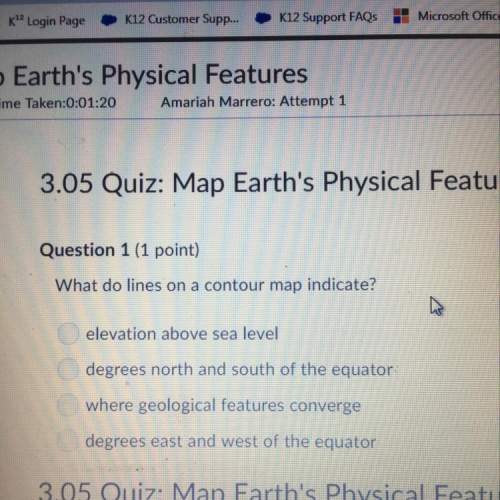
Chemistry, 02.10.2019 02:00 christensenlandon15
Hydrogen gas is allowed to permeate through a thin plastic membrane that is 83 microns thick. concentrations of 0.025 moles/m3 and 0.0025 moles/m3 are maintained on the high and low pressure sides of the membrane, respectively. if the diffusivity of hydrogen gas molecules in the plastic is 4.2x10-8 m2/s, how many moles of hydrogen gas pass through a 6.0 square meter area of the plastic membrane every hour ? hint: we are really computing a flow rate here, rather than a flux. a flow rate is equal to a flux multiplied by an area, and its units are generally count / time.

Answers: 1


Other questions on the subject: Chemistry

Chemistry, 21.06.2019 22:30, colochaortiz20p7cajw
1.aluminum chloride (alcl3), and sodium hydroxide (naoh) can react to form aluminum hydroxide (al(oh)3) and sodium chloride (nacl). you have 13.4 g of aluminum chloride and 10.0 g of sodium hydroxide. answer the following questions: •what is the balanced equation for this reaction? •if you use all 13.4 g of aluminum chloride, how many grams of aluminum hydroxide can be formed? work must be shown to earn credit •if you use all 10.0 g of sodium hydroxide, how many grams of aluminum hydroxide can be formed? work must be shown to earn credit •how many grams of aluminum hydroxide will actually be made? which reagent is limiting? explain your answer.
Answers: 1

Chemistry, 22.06.2019 05:20, anggar20
Why does the sun appear to be the brightest star in the sky? a- its apparent brightness is much greater than other stars. b- it burns more gas, making it brighter than any other star. c- it is the largest star in the galaxy, so it is the brightest star. d- its relative distance to earth is closer than the other stars.
Answers: 1

Chemistry, 22.06.2019 15:30, lizzyhearts
Count the number of each type of atom in the equation below, and then balance the equation. write in the numbers of atoms and coefficients. add a 1 if there should be no coefficient. cs2(l) + o2(g) → co2(g) + so2(g) c [ ] s [ ] o > c [ ] s [ ] o [ ] cs2(l) + [ ] o2(g) > [ ] co2(g) + [ ] so2(g)
Answers: 3

Chemistry, 22.06.2019 20:00, teacherpreacher
For the reaction c6h14(g) & longrightarrow; c6h6(g) + 4h2(g), δp(h2)/δt was found to be 2.5 x 10-2 atm/s, where δp(h2) is the change in pressure of hydrogen. determine δp(c6h14)/δt for this reaction at the same time.
Answers: 2
You know the right answer?
Hydrogen gas is allowed to permeate through a thin plastic membrane that is 83 microns thick. concen...
Questions in other subjects:


Biology, 05.01.2021 21:00



Social Studies, 05.01.2021 21:00

Mathematics, 05.01.2021 21:00


Chemistry, 05.01.2021 21:00






